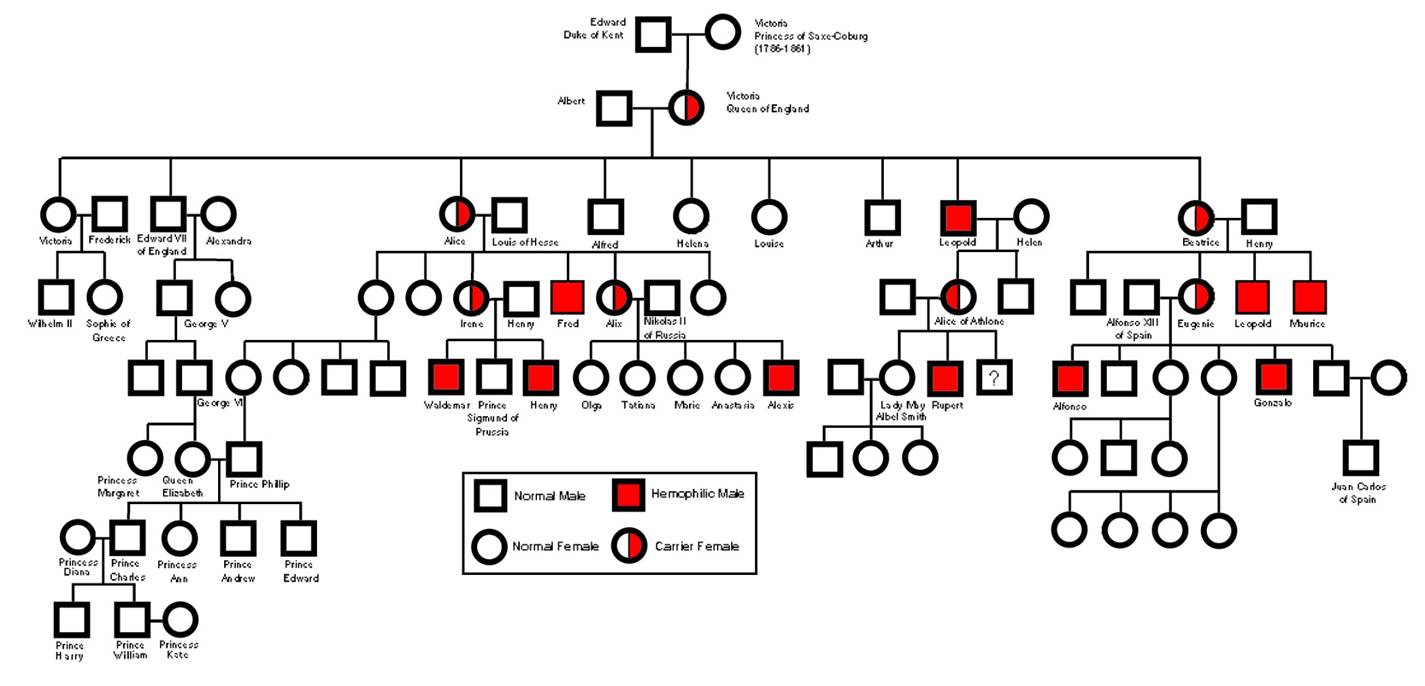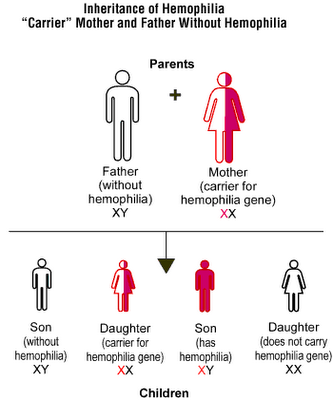As I've been researching I've truly been astounded by how normal life can be for hemophiliacs. Except in the most extreme cases, they can live a fulfilling life with some treatments and a modicum of caution. I wasn't really anticipating that. Thinking about what hemophilia is-- the inability to stop bleeding as you should-- and all the possible effects of having it, I've always imagined life to be pretty bleak.
Here are some other unexpected things I've come across:
Here are some other unexpected things I've come across:
- In 1986, President Ronald Reagan designated March as Hemophilia Awareness Month
- Read the original proclamation: http://tiny.cc/xwubtw
- The earliest reference to the existence of hemophilia is considered to be a passage in the Talmud, a Jewish holy text, stating that if a woman had two sons die of circumcision the third would not have to undergo the procedure.
- Von Willebrand Disease is the most common bleeding disorder, affecting 1-2% of the population, both male and female equally.
- The Lone Star Chapter of the National Hemophilia Foundation founded the Bleeding Disorders Legal Information Hotline to help people get information about their rights, health insurance, and issues related to home and school
- The service is free and confidential: http://tiny.cc/suqxtw
- Between 1978 and 1984 approximately 12,000 people-- 90% of severe hemophiliacs and 70% of all hemophiliacs-- in the United States contracted HIV from contaminated blood transfusions.
- Bad Blood: A Cautionary Tale is a documentary illustrating the effects of this event: www.badblooddocumentary.com
- Medical studies acknowledge that laughter, as a highly contagious emotion, can improve the quality of life for hemophiliacs by reducing stress during a bleed, promoting relaxation, improving sleep, strengthening relationships.
Source: Hemophilia Federation of America http://www.hemophiliafed.org/programs/meetings-events/hemophilia-awareness-month/






